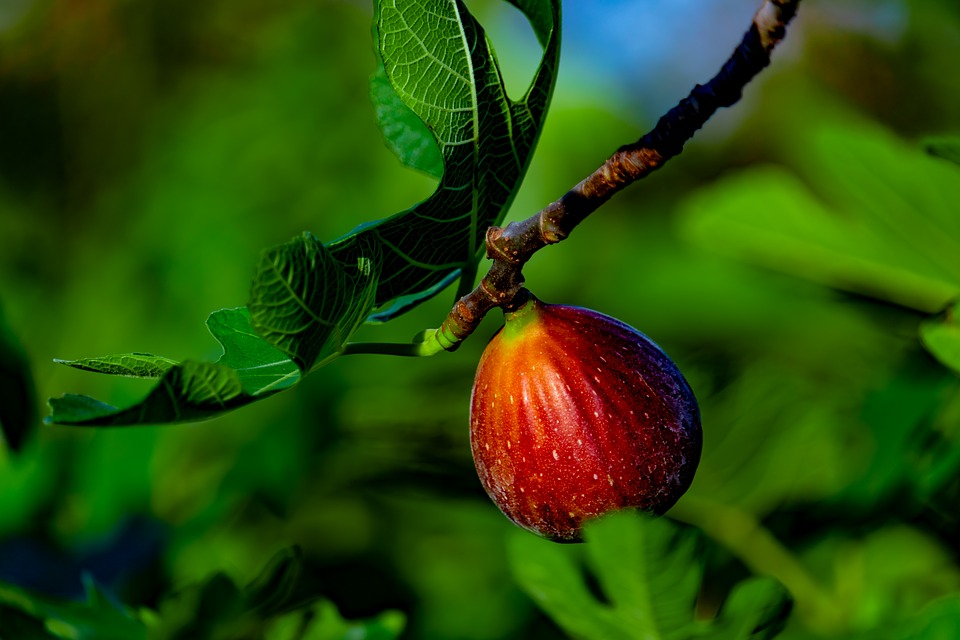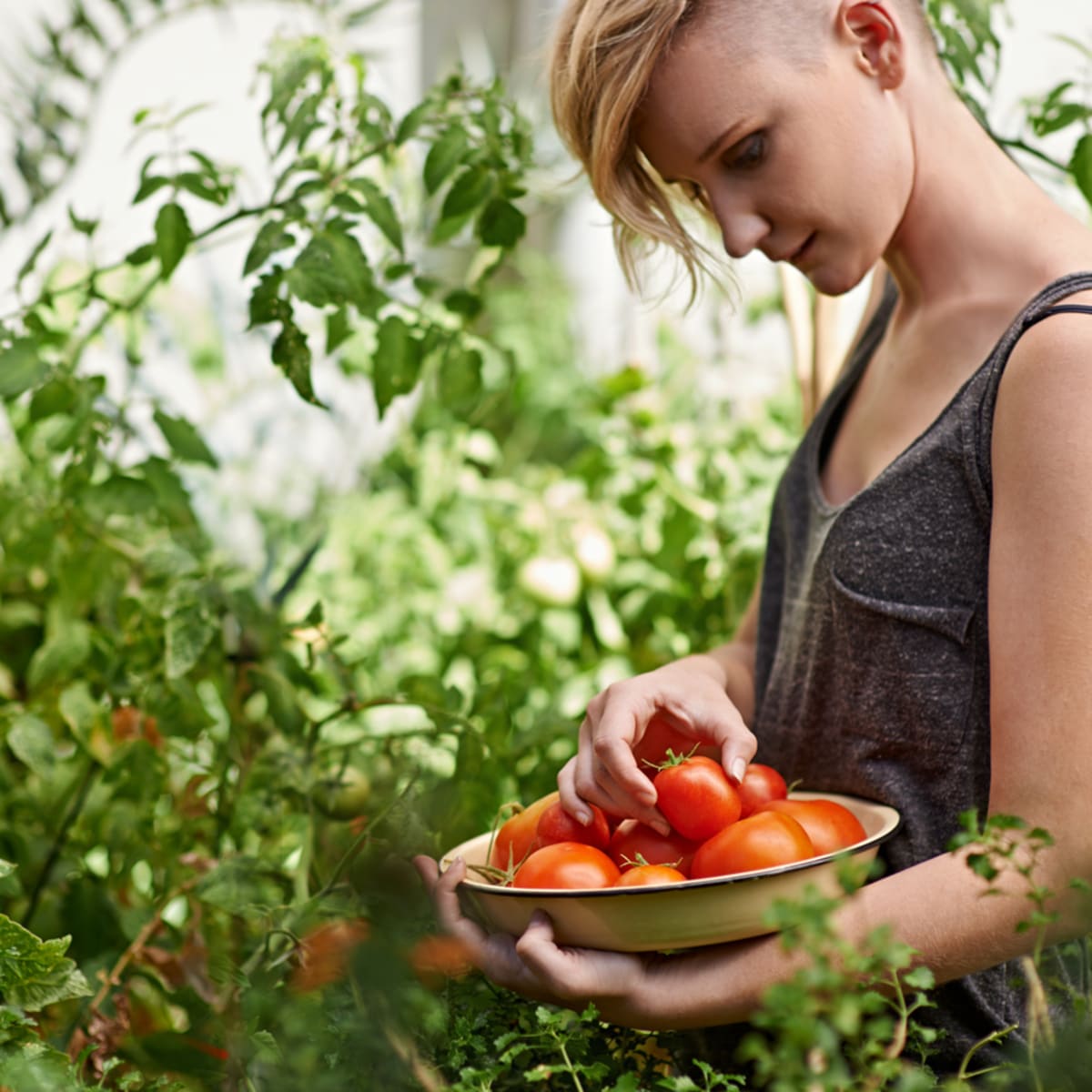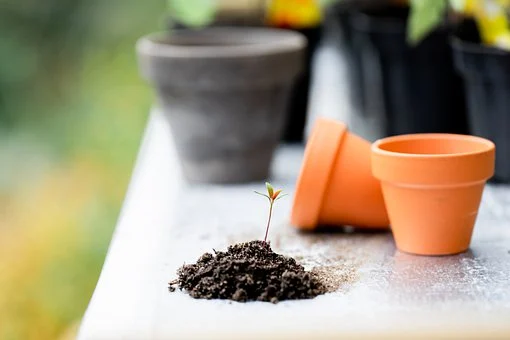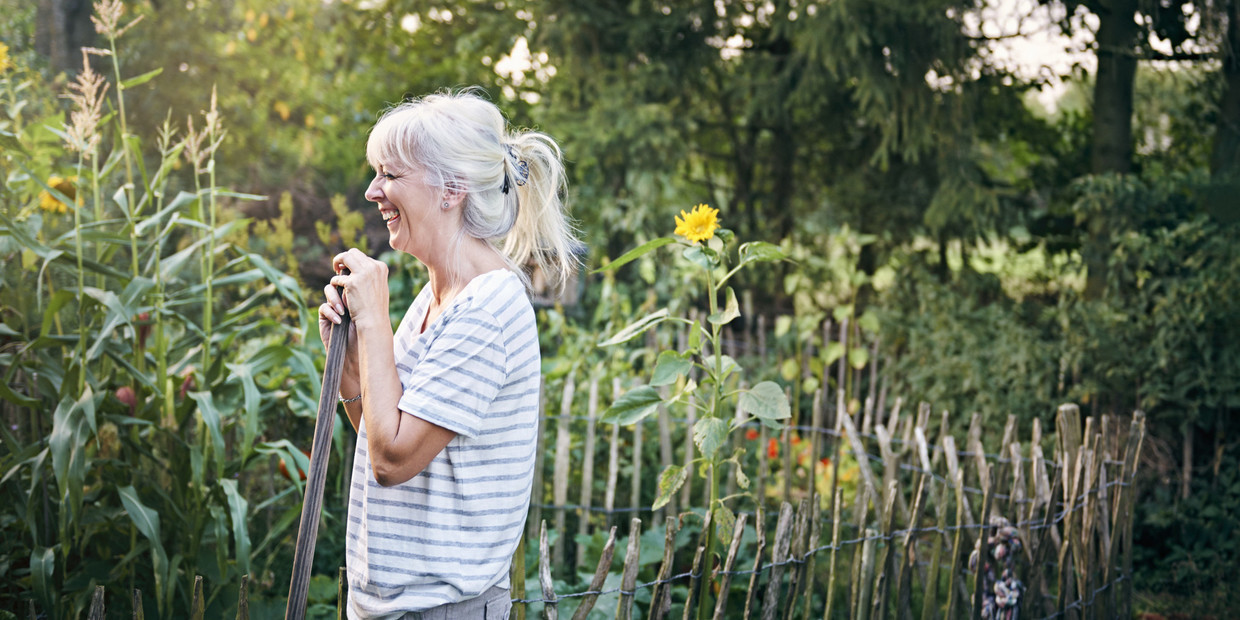Understanding Figs
Figs are a fruit tree of the Moraceae family. Its origin can be traced back to Afghanistan and Syria. Their great adaptability allows them to grow wild in hot and dry areas. It can also take advantage of small patches of soil found between the cracks of dry-stone walls. It can grow up to 5 meters tall. During winter, figs grow properly if well placed, and they need a lot of sun and protection from the wind.
Two Types of Figs Are Available
Sierra Variety: produces purple-brown fruits in July and then again in September and October. For the second harvest, the very fragrant fruit can be dried.
Unifera Variety: produces garnet-red fruits from June to July, then garnet-red fruits from August to October. It is not bulky, making it suitable for potting or growing in small spaces (2.5 to 4 m).
Planting Figs
Potted figs can be planted from October to April, except during the frosty season, when the space between two fig trees should be at least 4 m.
Fig trees need southern or southwestern exposure and preferably a walled area to protect them from cold winds.
Planting Figs in the Open Ground
– Make a hole at least 50 cm deep and wide, or at least 80 cm if the soil is clay.
– Remove stones and weed roots.
– Put one or two scoops of compost in the bottom of the hole, then cover it with a bit of soil so that the roots do not touch it directly.
– Sprout the fig roots and soak them in a mixture of water and soil to improve rooting.
– Place the figs in the center of the hole so that the roots are at ground level.
– Fill the base of the fruit plant with water, compact it to form a basin, and water it generously (10/15 liters).
– Eventually, the twigs can be pruned.

Figs
For Pot Plantation
Figs can be grown in pots, but it is preferable to choose underdeveloped varieties.
Choose a large pot with a width and depth of at least 50 cm and place the fig in a soil mixture of 1/3 horticultural soil, 1/3 planting soil, and 1/3 sand.
Fig Care
– Pruning is strongly recommended on young plants (in early spring) to promote branching; prune the young branches in April (cut off the tips of the shoots with your fingernails).
– Apply a special fertilizer for fruit trees in spring and June-July.
In winter, protect the fig tree by mulching it well and cover it with a tarp in cold areas.
– For potted plants, wrap the pot with a tarp to protect the soil.
Pollination
Pollination of figs takes place with the help of certain pollinating insects. However, some species can also produce fruit by monogamy without fertilization.
Plant Diseases
Figs are rarely affected by fungal diseases. This makes it an ideal plant for inexperienced gardeners to plant in their gardens and an interesting fruit for organic orchards. If a plant does become ill, treatment with horsetail or dandelion oil, which has a strengthening effect, can help the plant respond. The use of copper green is allowed in organic farming, but it should be judged carefully according to the extent of the damage. Indeed, it is a metal that tends to accumulate in the soil, and its use may not be necessary in the case of highly resistant figs.
Fig tree rust: This is a fungal disease that can be recognized by yellow spots on the tops of the leaves and a brown pattern on the underside of the leaves. Affected leaves fall prematurely, and defoliated plants produce only a little, resulting in constant delays.
Botrytis-Botrytis fungus affects various plants, but in the humid spring, it also affects fig trees, causing gray patina on the leaves and young branches.

Figs
Do you have any other tips? Share it with us in the comments below!



